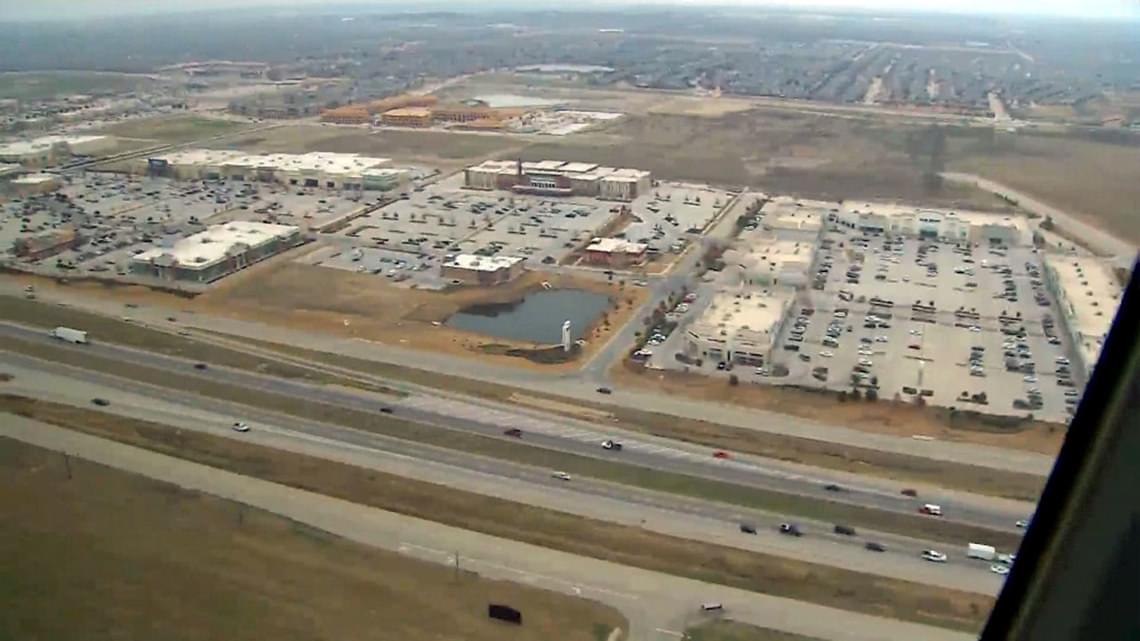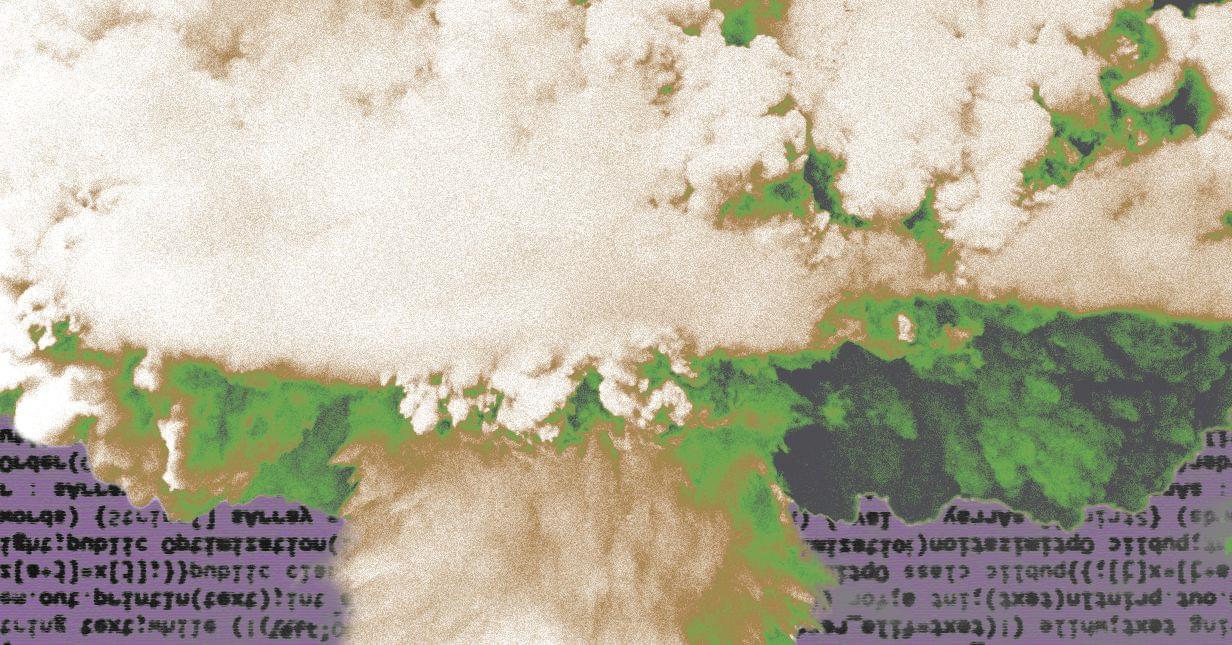Tech entrepreneur and investor Vinod Khosla’s prediction of AI automating 80% of high-value jobs by 2030 coincides with a reckoning for Fortune 500 companies.
Category: employment – Page 4

Scientists reprogram ant behavior using brain molecules
Leafcutter ants live in highly organized colonies where every ant has a job, and now researchers can flip those jobs like a switch. By manipulating just two neuropeptides, scientists can turn defenders into nurses or gardeners into leaf harvesters. These same molecular signals echo in naked mole-rats, revealing a deep evolutionary link in how complex societies function, even across species. The study also teases out a possible connection to insulin and longevity, hinting at new frontiers in understanding human behavior and lifespan.


Burnout Might Not Actually Be a Work Problem After All, Study Shows
When we hear the term “burnout”, most of us would think about working long hours, and the stress built up from our jobs and the people involved in them. However, a surprising new study suggests that only a minority of people with burnout actually think their symptoms are due to their work.
The research, which was led by a team from the Norwegian University of Science and Technology (NTNU), could challenge the conventional thinking about how people reach burnout, and how we might be able to protect against it.
Less than 30 percent of the people surveyed blamed their job as the primary reason they felt burnt out.
Tesla Robotaxi Changes Everything!
Tesla’s Robotaxi has the potential to revolutionize transportation and disrupt various industries, including car ownership, urban planning, and traditional car dealerships, with its autonomous driving technology and low-cost, hassle-free ride experience ## ## Questions to inspire discussion.
Transportation Revolution.
🚕 Q: How will Tesla’s Robotaxi network change urban transportation?
A: Tesla’s Robotaxi will make personal vehicle ownership obsolete in dense cities, offering rides at 25 cents per mile that are both cost-effective and convenient, eliminating the need for parking spaces.
🚗 Q: What makes Tesla’s Cybercab unique?
A: Cybercab is designed to be the most utilitarian vehicle ever built, featuring 50% fewer parts than the Model 3, making it highly scalable for millions of rides with wireless charging and autonomous capabilities.

Watt’s Next? The AI Bros Discuss AI’s Impact On Entertainment And Energy
In this engaging new eighth episode of the AI Bros podcast, hosts John Lawson III and Bruce Burke delve into the dynamic world of artificial intelligence and its profound impact on various industries. The conversation kicks off with a discussion on the latest developments in AI, highlighting the massive investments being made by tech giants like Mark Zuckerberg, who recently acquired a significant stake in Scale AI. This move underscores the growing importance of data labeling in training AI models and the relentless pursuit of achieving Artificial General Intelligence (AGI).
The hosts explore the implications of AI on global infrastructure, particularly focusing on the energy demands required to support AI advancements. They discuss the necessity of building new data centers and the potential role of nuclear energy in meeting these demands. The conversation touches on the strategic moves by companies to secure energy resources, emphasizing the critical need for the U.S. to catch up with countries like China in terms of infrastructure development.
Transitioning to the realm of marketing and content creation, John and Bruce highlight how AI is revolutionizing these fields. They share insights into how AI tools are being used to automate tasks that were traditionally outsourced, such as virtual assistance, graphic generation, and scriptwriting. The hosts discuss the potential of AI to create high-quality content quickly and cost-effectively, as demonstrated by a recent AI-generated commercial aired during the NBA finals.
The episode also addresses the broader societal implications of AI, including the potential need for universal basic income (UBI) as AI continues to displace jobs. The hosts debate the feasibility of UBI in the U.S. and the challenges of implementing such a system. They reflect on historical technological advancements and the new job opportunities that AI might create, while acknowledging the uncertainty surrounding the pace and scale of these changes.
Throughout the episode, John and Bruce provide a balanced perspective on the opportunities and challenges presented by AI. They emphasize the importance of staying informed and adaptable in a rapidly evolving technological landscape. The hosts conclude with a forward-looking discussion on the future of AI in entertainment, speculating on the possibility of AI-generated feature films and the evolving role of AI in creative industries.
This episode is a must-listen for anyone interested in the intersection of technology, business, and society. It offers valuable insights into the transformative power of AI and its potential to reshape our world.
Join Bruce and John for the latest episode of The AI Bros Podcast. Subscribe, like, follow and share with your network. Thank you!

Not Incentivized Yet Efficient: Working From Home in the Public Sector
This paper studies whether working from home (WFH) affects workers’ performance in public sector jobs. Studying public sector initiatives allows us to establish baseline estimates on the impact of WFH net of incentives. Exploiting novel administrative data and plausibly exogenous variation in work location, we find that WFH increases productivity by 12%. These productivity gains are primarily driven by reduced distractions. They are not explained by differences in quality, shift length, or task allocation. The productivity gains more than double when tasks are assigned by the supervisor.

PwC cuts 1,500 jobs overnight— Proof that automation, not recession, is driving the layoffs
PricewaterhouseCoopers (PwC) told 1,500 U.S. employees on Monday that their roles were eliminated with immediate effect—about 2 percent of its national headcount. In the company-wide e-mail obtained by industry blog Going Concern, leadership cited “historically low attrition” and a need to “align the firm for the future.” Publicly, a spokesperson framed the move as a […]
Tech jobs, robots are Lutnick’s vision for America’s “manufacturing renaissance”
Commerce Secretary Howard Lutnick on Thursday touted the use of robotics in his pitch for an American “manufacturing renaissance.”
The big picture: While President Trump’s tariffs are meant to boost American manufacturing and jobs, U.S. manufacturers will likely hurt from these tariffs, at least in the short run. Whether they lead to more jobs in the long term remains an open question.
What he’s saying: Lutnick made the case in several TV interviews this week that tariffs will bring jobs and factories back to the U.S., saying they’ll utilize robotics to make American workers “more efficient.”
